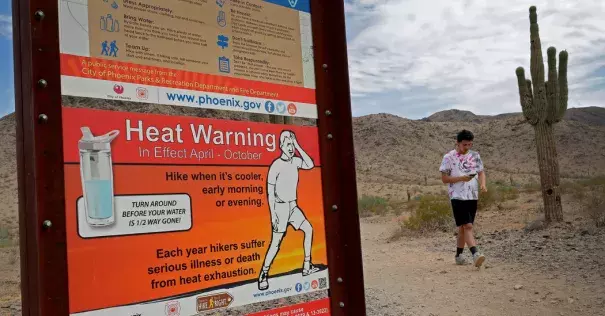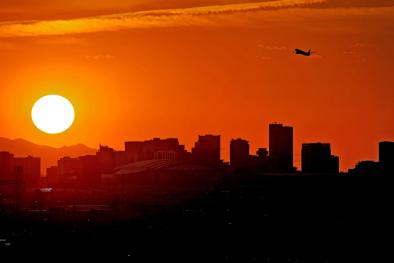Heat Deaths Jump in Southwest United States, Puzzling Officials

Heat-related deaths have increased sharply since 2014 in Nevada and Arizona, raising concerns that the hottest parts of the country are struggling to protect their most vulnerable residents from global warming.
In Arizona, the annual number of deaths attributed to heat exposure more than tripled, from 76 deaths in 2014 to 235 in 2017, according to figures obtained from the U.S. Centers for Disease Control and Prevention. Heat-related deaths in Nevada rose almost fivefold during the same period, from 29 to 139.
Most of those deaths were in the Phoenix and Las Vegas areas, according to state records.
The long-term health effects of rising temperatures and heat waves are expected to be one of the most dangerous consequences of climate change, causing “tens of thousands of additional premature deaths per year across the United States by the end of this century,” according to the federal government’s Global Change Research Program. The effect could be even more severe in other parts of the world, potentially making parts of North Africa and the Middle East “uninhabitable.”
Related Content





